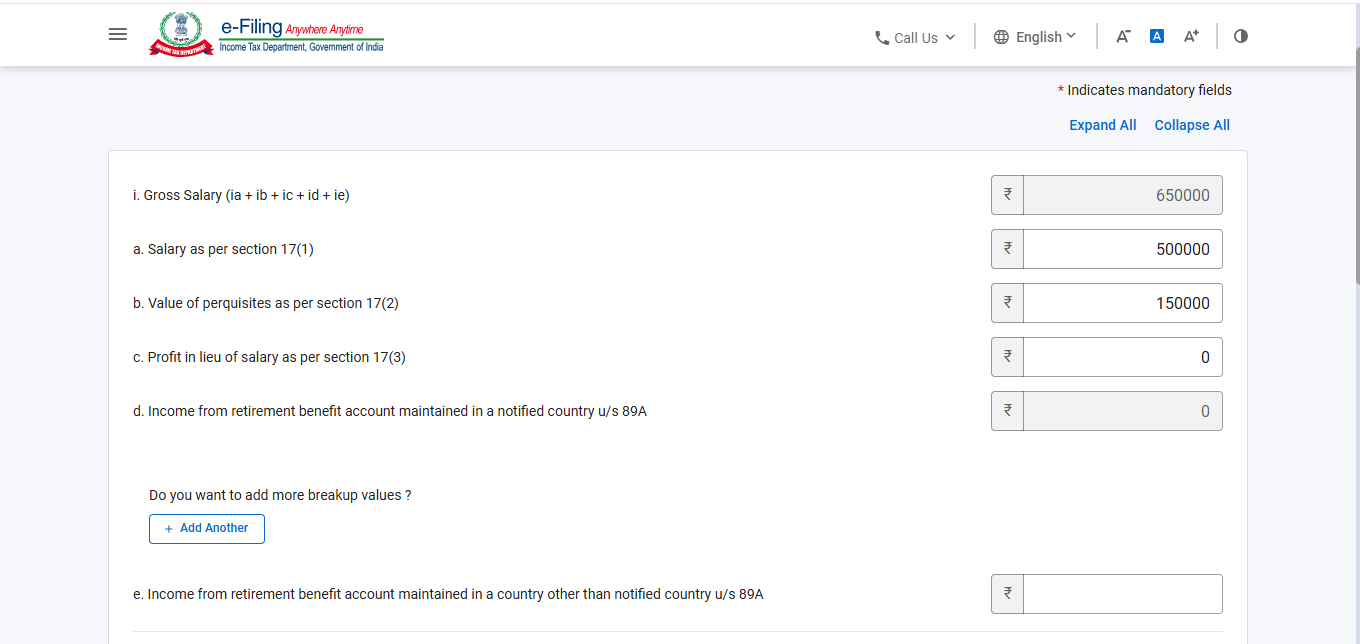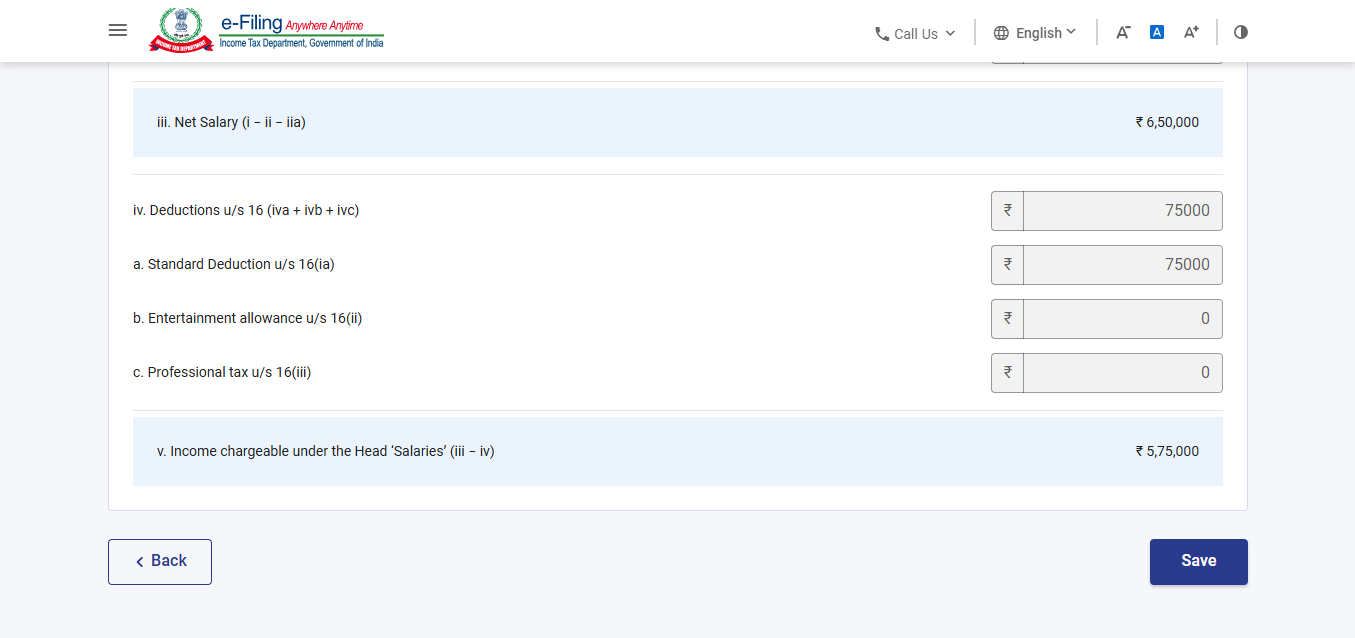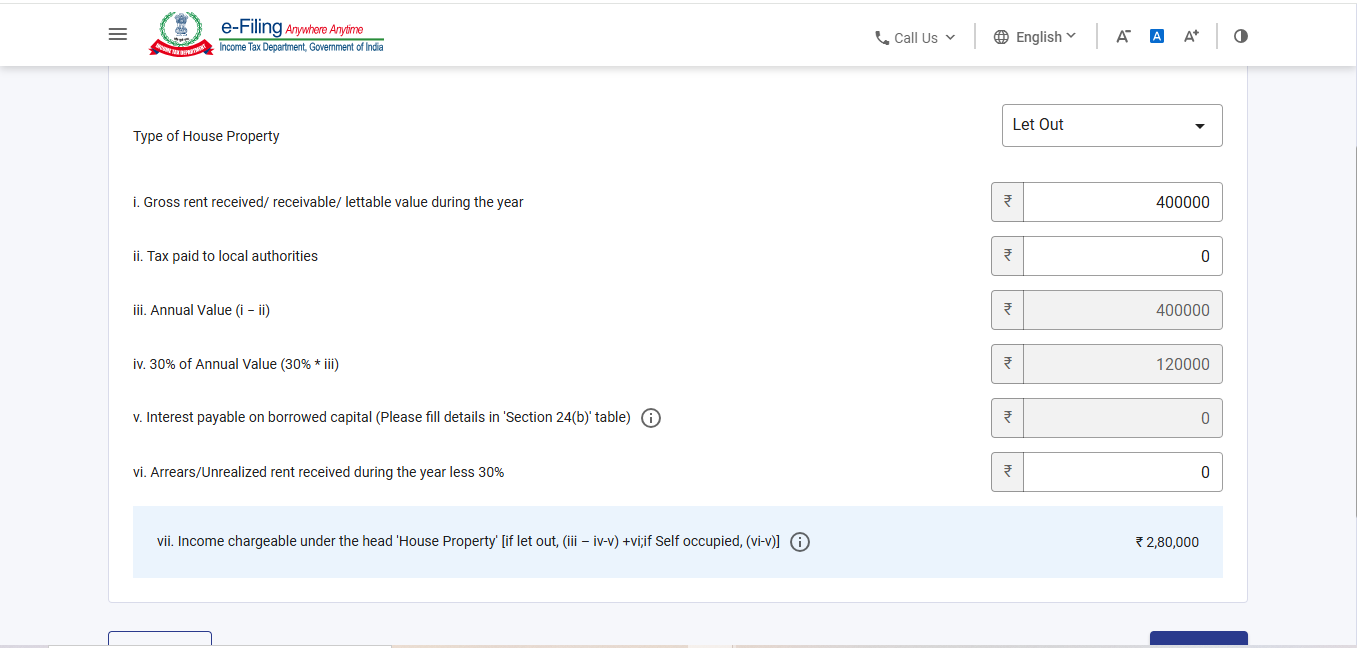ITR-1 Filing online AY 2025–26: Complete Guide for Salaried Employees [New Rules Explained]
Priya Kumari • June 23rd, 2025 • 7 min read • 👁️ 13 views

"Filing your income tax return isn’t just a duty—it’s your financial self-respect in action. File smart, file right.
Filing your ITR correctly is crucial for compliance and avoiding notices. Let’s simplify who can and cannot file ITR-1 this year.
✅ You Can File ITR-1 If:
You are eligible to file ITR-1 only if all the following apply:
- You are a Resident Individual (Not RNOR or NRI).
- Your income includes:
- Salary or Pension
- Income from one house property (excluding loss carry forward)
- Income from Other Sources (excluding lottery, race horses, etc.) like:
- Bank Interest
- FD/RD interest
- Family pension
- Agricultural income (up to ₹5,000)
- LTCG under section 112A up to ₹1.25 lakh without any carry forward losses
- Total income does not exceed ₹50 lakh
❌ You Cannot File ITR-1 If:
Avoid ITR-1 if any of the following apply:
- You're a Director in a company
- You own unlisted equity shares
- You are a Non-Resident or RNOR
- Your total income exceeds ₹50 lakh
- You have more than one house property
- You earned capital gains > ₹1.25 lakh
- You have foreign assets/income
- You're liable to maintain books of accounts (u/s 44AA)
- You earn from business/profession
- You claim relief under DTAA
- You earned speculative income/lottery/winnings
- You have crypto (VDA) income
👉 Click Here to check which ITR form suits your case and avoid costly errors.
🖥️ How to File ITR-1 Online (FY 2024–25) – New Tax Regime
Let’s walk through the step-by-step filing process under the new regime.
🔹 Step 1: Prepare Documents
Collect your Form 16 or salary slips (Apr 2024–Mar 2025), Bank statement, Housing loan certificate, Profit & loss report from broker for calculating long term capital gain.
🔹 Step 2: Login to Portal
Visit: https://www.incometax.gov.in
Login using PAN & Password
New user? Register first.
🔹 Step 3: Download AIS, TIS, and Form 26AS
Click here to learn: How to download AIS/TIS online
🔹 Step 4: Begin ITR Filing
Go to e-File > Income Tax Returns > File ITR
Choose:
- AY: 2025–26
- Mode: Online
Click on start new filing
Please select the status applicable to you (Individual/HUF/others) {Guide – In case of salaried employee and pension Status should be selected individual}
Choose ITR Form: ITR-1, Click on proceed with ITR 1
Click: Let’s get started.
🔹 Step 5: Reason for Filing
Select the appropriate options, if you are filing return because your gross income exceeds basic exemption limit RS 3 lakh the select option 1
🔹 Step 6: Review Pre-filled Data
Pre filled data will be auto – populated, the portal fill data from AIS/TIS, Form 26AS, Form 16, now you should review and confirm details one by one.
Click on personal information, in contact click edit , cross check your basic details and save
Click on nature of employment and select the appropriate options from drop down list.
In filing section if you are filing 1st time before 15th September 2025 (as per revised due date for F.Y 2024-25) then choose filed u/s 139(1), If you file after 15th September then choose 139(4) and if you want to revise your already filed return then choose 139(5).
🔹 Step 7: Select Tax Regime
Under Section 115BAC(6) – Choose: No (New Regime)
🔹 Step 8: Enter Bank Details
(NEW Rule)
~~
Declare all bank accounts
Validate at least one account for refund
Click on Bank details. NEW
🔹 Step 9: Enter Income Details
B1: Salary Income
Auto-filled from Form 16 – cross-check
₹75,000 Standard Deduction is auto-applied
🏠 B2: Income from House Property – What to Enter?
If you own one house property, and it either generates rent or has a home loan, you must report it under this section.
Type of Property:
Self-Occupied:
If the property is under your name, used for your own residence, and you’ve taken a home loan, then enter the interest payable under Section 24(b).
Let-Out Property:
If the property is rented, enter the:
- Gross rent received
- Local authority taxes (if paid)
- Interest on loan taken to purchase/construct property (Enter in Section V)
Section 24(b) - Interest on borrowed capital
Do you want to add more breakup values?
Here you have to mandatorily mentioned the breakups of loan taken from bank or other than bank, Collect these details from your bank
💼 B3: Income from Other Sources
This includes any income not from salary or house property.
✅ Auto-Populated via AIS/TIS:
- Savings bank interest
- FD/RD interest
- Family pension
- Any other non-exempt, non-business income
Action: Review all entries, confirm their accuracy, and add any missing genuine incomes manually.
🧾 4. Exempt Income (For Reporting Purposes Only)
This includes income on which no tax is payable, but you still need to report it.
Examples:
-
Agricultural income (up to ₹5,000)
-
Tax-free bonds, etc.
➡️ Click “Add Another”, select the relevant income category, and enter the amount.
🔹 Step 10: LTCG Not Chargeable to Tax – Section 112A
New
If your Long-Term Capital Gain (LTCG) from listed equity shares or equity mutual funds is up to ₹1.25 lakh, it is** exempt**.
✅ Enter:
- Sale Consideration (selling price)
- Cost of Acquisition (purchase value)
📌 Even though it’s tax-exempt, reporting is mandatory.
🔹 Step 11: Total Deductions
Enter if have any deduction and confirm the details.
🔹 Step 12: 💰 Tax Paid Details
Check and confirm TDS, Advance Tax, and Self-Assessment Tax details.
✅ What to Do:
Go to ‘Tax Paid’ section
Tick each TDS entry, click Edit, and enter:
- Year of Tax Deducted (from Form 26AS)
🧾 If Tax Payable: pay it before filing your return
Click here to learn how pay tax online
Download payment receipt from the portal
Enter details of tax paid under Advance tax and Self-Assessment tax payments:
- BSR Code
- Date of Deposit
- Challan Serial Number
- Amount Paid
📌 Note: Sometimes, tax payment details get auto-filled, verify and edit if needed.
Click on Tax Paid,
🔹 Step 13: ✅ Verify Tax Liability Summary
Carefully verify the tax computation summary:
- Ensure all heads of income and deductions are included
- TDS, Advance Tax, and Self-Assessment Tax are properly adjusted
🔹 Step 14: 📤 Proceed to Verification
Click Proceed to Verification, enter your place, and preview the complete return.
🔍 Final checklist:
- All personal & income details are accurate
- Deductions and bank details are correct
- No mismatch in tax paid & income reported
🔹 Step 15: 🔐 E-Verify Your Return (IMPORTANT)
You must E-Verify your return within 30 days of filing, else it will be treated as invalid.
E-Verification Modes:
- Aadhaar OTP
- Net banking
- Bank ATM
- Demat account
➡️ You may also choose "e-Verify later", but ensure it’s done within 30 days.
✍️ Final Notes for Taxpayers
📌 Interest breakup under Section 24(b) is now mandatory
📌 Exempt incomes like LTCG under 112A or agricultural income must be reported
📌 Always check your Form 26AS, AIS, and TIS before finalizing
Need help understanding your tax reports or filing return?
👉 Contact us for a personalized consultation and avoid filing errors.



